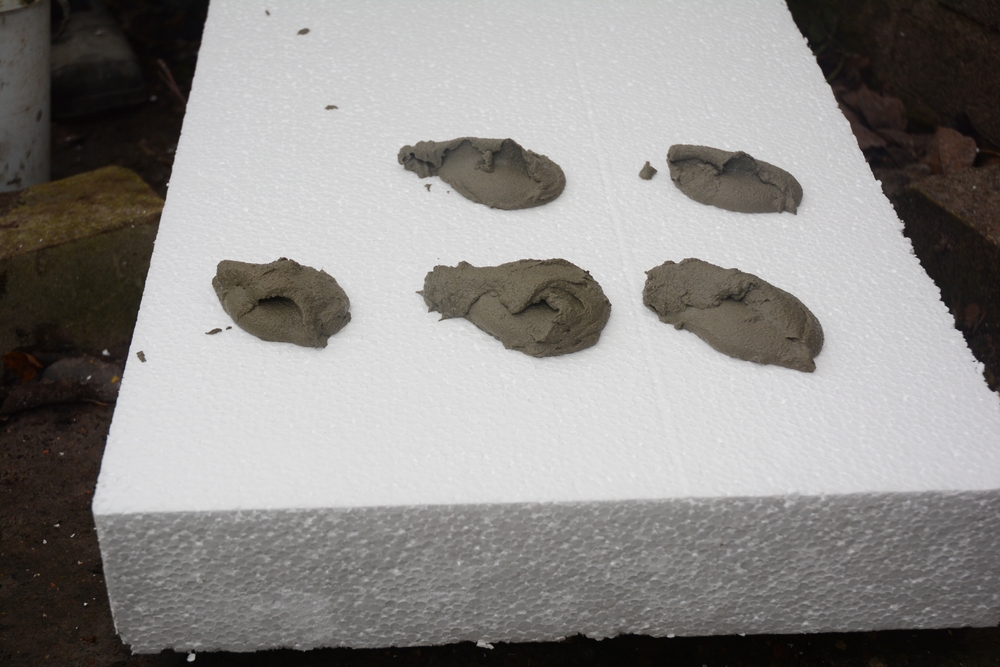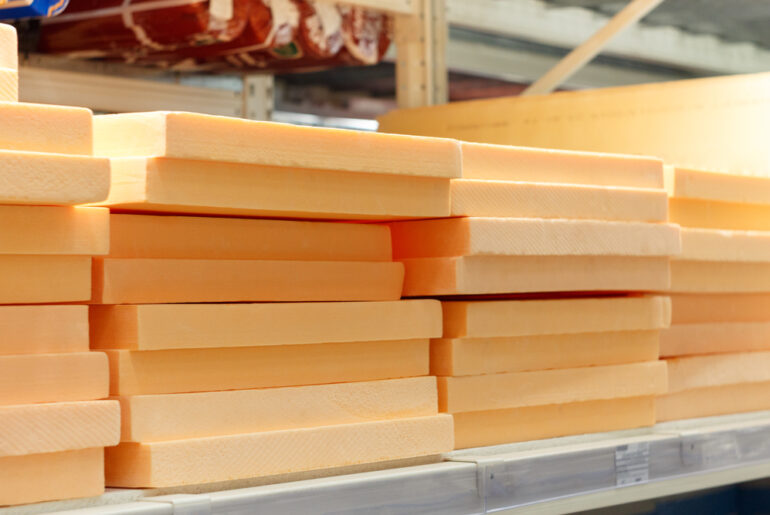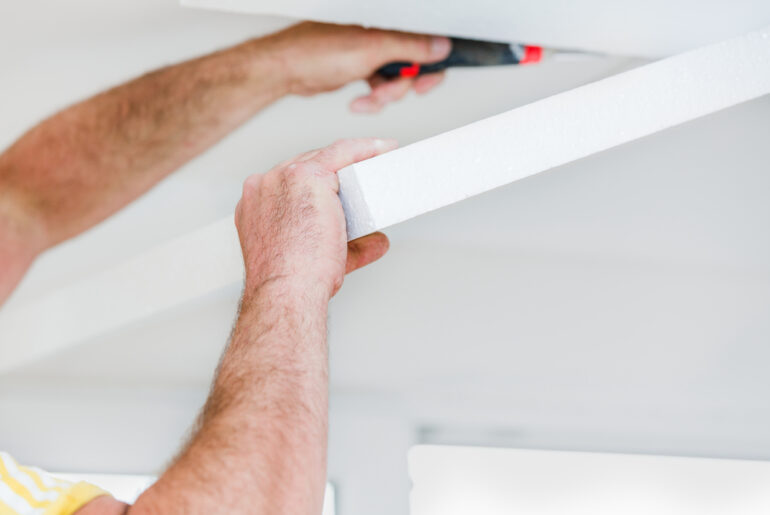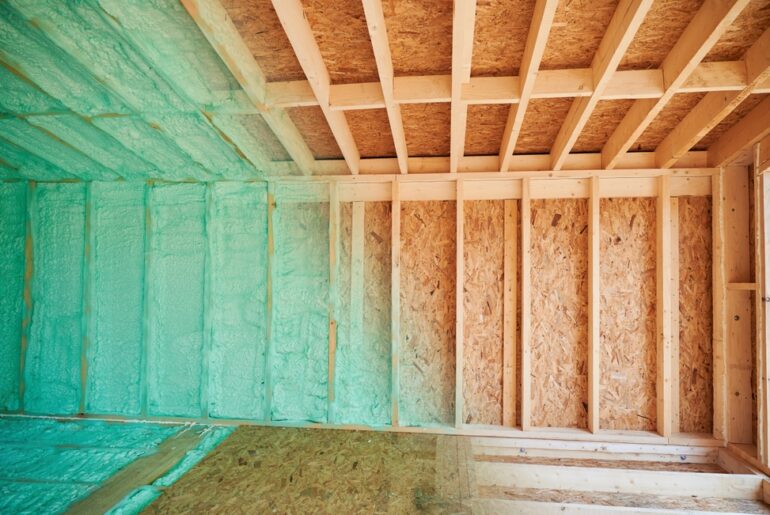If you have an above ground pool you plan to set up in the spring, it’s a great idea to put rigid foam insulation on your materials list. Adding rigid foam as underlayment for your above ground pool will extend the life of the pool, keep the water more comfortable, and provide a cushion.
Is It A Good Idea To Install Rigid Foam As Underlayment For an Above Ground Pool?
A layer of rigid foam insulation will provide many of the same benefits it provides for concrete pads. Rigid foam insulation panels are pliable enough to provide a cushion for your feet, while being dense enough to resist the absorption of water.
What Are the Advantages of Rigid Foam Used As Underlayment For An Above Ground Pool?
Rigid foam insulation panels are relatively inexpensive, durable, and do a great job of protecting the bottom of your above ground pool.
Rigid Foam Is Inexpensive
Rigid foam panels are often available for pennies per square inch, making them one of the most cost effective insulation materials available.
Rigid Foam Is Built To Last
Rigid foam generally requires some form of protection from the elements, but it will do fine as an underlayment for an above ground pool for a few summer months.
Rigid Foam Insulation Provides a Cushion and a Barrier to Punctures From the Ground.
Rigid foam used as underlayment for a pool is usually at least 2” thick, which provides an R value of about 4. Rigid foam also dents more than breaks due to its density, so repairs are often lessened.
Disadvantages
There are essentially no disadvantages to using rigid foam as an underlayment for your above ground pool. If there are disadvantages, they would be the time and money invested to install it. However, you generally get what you pay for so adding rigid foam as an underlayment will help prevent a disastrous leak on the fourth of July.
How to Properly Use Rigid Foam as a Pool Underlayment
- Step 1. Prepare the substrate.
Your goal is a perfectly level, smooth surface. Check with your pool manufacturer for which substrate they recommend and use it. Most installers use masonry sand because it is available by the truckload, packs well, and can be smoothed with a screed and tamper.
- Step 2. Connect the rigid foam panels.
If your pool is circular, mark the perimeter on the ground with marking paint. Lay the panels in the pattern that produces the fewest joints. Be sure to start with a half sheet to ensure you don’t accidentally align any two seams.
Now find the center of the pool and mark it on the panel and drive a nail into the foam. It isn’t necessary that the nail go all the way through. Using a string and a marker, place a mark on the string to indicate the perimeter of the pool. Now trim away any excess.
You don’t generally want the rigid foam panel to extend beyond the perimeter of the above ground pool because it will stay moist and begin to smell. Plus, the rigid foam will kill any grass underneath, so this method kills the least grass.
- Step 3. Connect the panels.
Resist the temptation to use regular duct tape, strapping tape, box tape, or any tape other than waterproof tape like this one.
- Step 4. Keeping the Rigid Foam In Place Under Your Above Ground Pool
As an added guard against punctures, most owners also add a tarp between the rigid foam and the pool bottom. This will add inexpensive insurance against pests, stones, roots, and other sharp objects that could pierce the pool lining.
- Step 5. If your pool is rectangular, you will probably have less rigid foam waste.
Rectangular pools more closely match the shape and dimensions of rigid foam panels, so there is usually less trimming necessary. If you plan well, you may be able to use scraps to fill in other areas, saving material.





